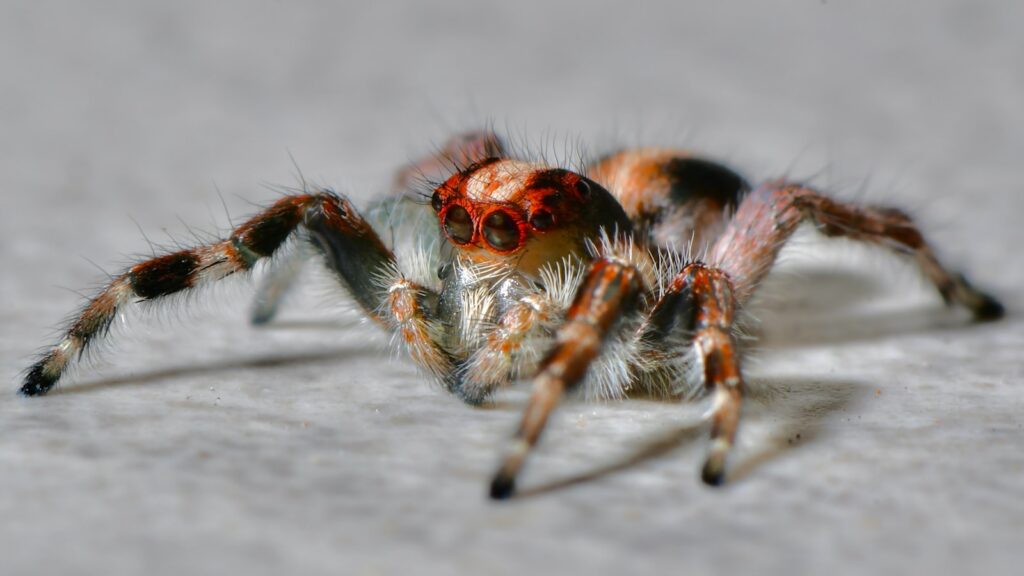In the mysterious world of arachnids, venomous spiders exhibit fascinating behavioral patterns that have evolved over millions of years. One of the most intriguing aspects of these eight-legged creatures is their tendency toward nocturnal activity. While humans rest under the cover of darkness, many of the world’s most venomous spider species emerge from their hiding places to hunt, mate, and explore their surroundings. This preference for nighttime activity isn’t merely coincidental but rather the result of complex evolutionary adaptations that have helped these creatures survive and thrive. From the notorious brown recluse to the feared black widow, nocturnal hunting provides these predators with distinct advantages in their quest for survival in a world filled with threats and competition.
Evolutionary Advantages of Nocturnal Activity
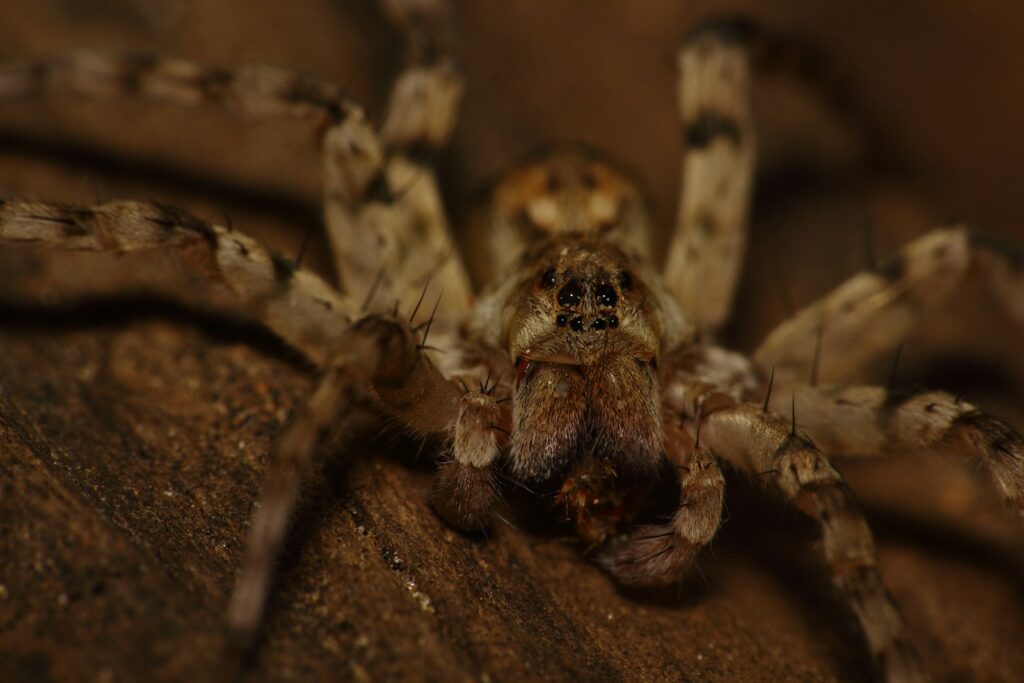
Venomous spiders have evolved to be more active at night primarily due to the survival advantages this behavior provides. Darkness offers these creatures protection from visual predators such as birds, lizards, and mammals that rely heavily on sight for hunting during daylight hours. For species like the Sydney funnel-web spider and the Brazilian wandering spider, nighttime activity significantly reduces their exposure to potential threats. Additionally, nighttime temperatures are often more moderate, helping these ectothermic creatures conserve energy and avoid the potentially fatal effects of overheating during hot daylight hours. This evolutionary adaptation has allowed venomous spiders to carve out specialized ecological niches where they can operate with reduced competition and predation pressure.
Reduced Competition for Resources
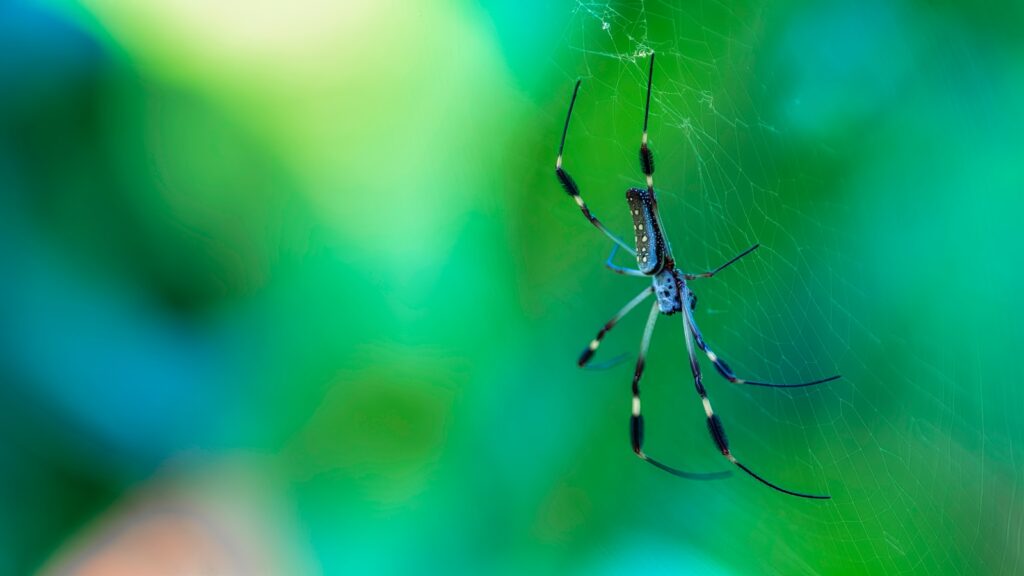
Nocturnal activity allows venomous spiders to access resources with less competition from diurnal predators. During the night, many insect species that serve as prey become more active or vulnerable, creating an abundant food source for venomous spiders. For example, the brown recluse spider (Loxosceles reclusa) emerges at night to hunt cockroaches, crickets, and other nocturnal insects that share its habitat. This temporal separation effectively divides the ecological niche between day-active and night-active predators, reducing direct competition for the same prey items. Furthermore, some spider species have evolved to detect the vibrations of nocturnal insects with remarkable precision, giving them a competitive edge during nighttime hunting excursions when visual cues are limited.
Physiological Adaptations for Night Vision

Many venomous spiders possess specialized physiological adaptations that enhance their ability to navigate and hunt in low-light conditions. Unlike human eyes, which struggle in darkness, spider eyes often contain structures called tapetum lucidum—reflective tissues that enhance vision by directing light back through the retina for a second chance at detection. Species like the wolf spider possess large posterior median eyes that are particularly adept at gathering available light. Some venomous spiders even have additional light-sensitive organs beyond their primary eyes, allowing them to detect movement and changes in light intensity with remarkable sensitivity. These adaptations give nocturnal venomous spiders a significant advantage when hunting in the darkness, enabling them to detect prey movement with precision even when ambient light is minimal.
The Role of Temperature Regulation

Temperature regulation plays a crucial role in determining when venomous spiders are most active. As ectothermic creatures, spiders rely on external heat sources to regulate their body temperature and metabolic activities. Daytime temperatures, especially in tropical and desert environments, can reach levels that are physiologically stressful or even lethal for many spider species. The notorious Australian redback spider (Latrodectus hasselti), for instance, becomes significantly more active during cooler evening hours when temperatures drop to more tolerable levels. Nighttime activity allows these spiders to maintain optimal body temperatures for hunting and other essential activities without the risk of overheating. This temperature-driven behavior pattern is particularly evident in desert-dwelling venomous species that must contend with extreme temperature fluctuations.
Humidity and Moisture Considerations

The relative humidity of the environment significantly influences when venomous spiders choose to be active. Many species face the constant threat of desiccation (drying out) due to their high surface-area-to-volume ratio, making moisture conservation a critical survival factor. Nighttime typically brings higher relative humidity and reduced evaporation rates, creating more favorable conditions for spider activity. The brown recluse spider, for example, is more likely to venture out of its hiding places when humidity levels rise during evening hours. Some studies have shown that certain venomous spiders can detect subtle changes in atmospheric moisture content, allowing them to time their activities to coincide with optimal humidity conditions. This sensitivity to environmental moisture helps explain why homeowners often observe increased spider activity indoors during humid summer nights.
Predator Avoidance Strategies

Nocturnal activity serves as a crucial predator avoidance strategy for many venomous spiders. Despite possessing venom as a defense mechanism, most spider species are vulnerable to a wide range of predators including birds, wasps, centipedes, and larger spiders. By restricting their activity to nighttime hours, venomous spiders significantly reduce their exposure to visually-oriented predators that hunt during daylight. The black widow spider (Latrodectus species), for instance, remains hidden in its irregular web during daylight hours and emerges to repair its web and hunt primarily after dark. Research has demonstrated that predation rates on spiders are substantially lower during nighttime hours compared to daytime, confirming the adaptive value of this behavioral pattern. This temporal separation from predators represents one of the primary evolutionary drivers behind nocturnal behavior in venomous spider species.
Hunting Techniques Optimized for Darkness
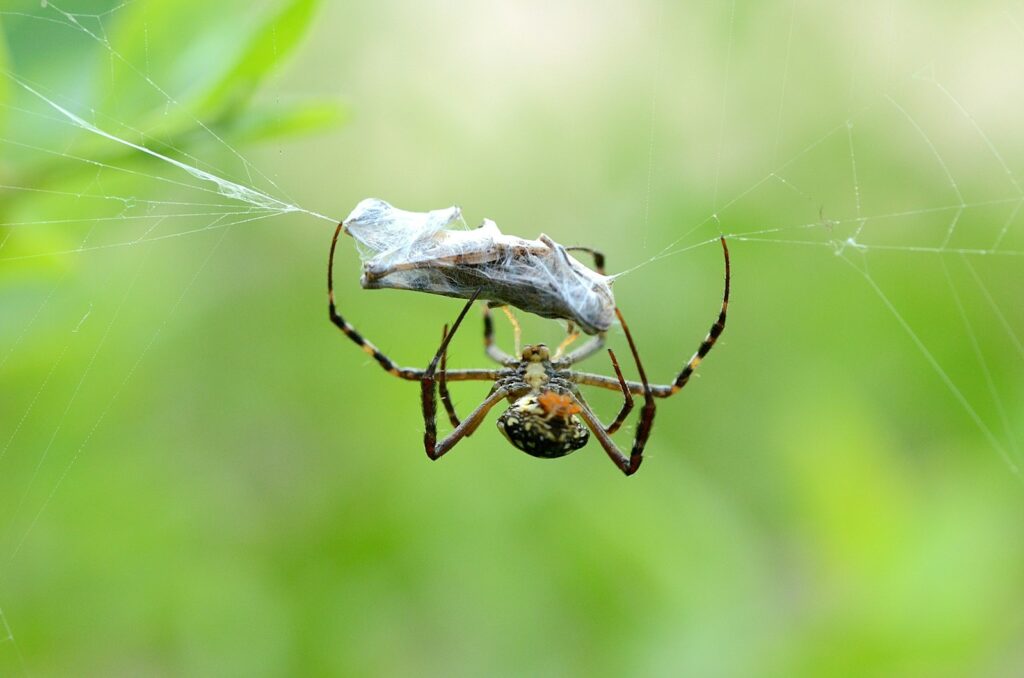
Venomous spiders have developed specialized hunting techniques that are perfectly adapted for nocturnal predation. Rather than relying primarily on vision, many species utilize a combination of vibration detection, air current sensitivity, and chemical sensing to locate and capture prey in darkness. The Brazilian wandering spider (Phoneutria species), considered among the world’s most venomous spiders, actively hunts at night using its exceptional sensitivity to ground vibrations to detect moving prey. Web-building nocturnal hunters like the black widow construct specialized silk structures with trip lines designed to alert them when prey becomes entangled, even in complete darkness. Some species have even evolved to produce silk strands with unique light-reflective properties that may help attract nocturnal flying insects under moonlight conditions. These specialized hunting adaptations demonstrate how thoroughly these predators have evolved to exploit the nighttime environment.
Mating Behaviors and Reproductive Timing

The reproductive behaviors of many venomous spiders are synchronized with their nocturnal activity patterns. Male spiders of species such as the Sydney funnel-web spider (Atrax robustus) typically search for mates during the night, when conditions are safer for extended wandering beyond their burrows. This nighttime mate-seeking behavior reduces the males’ exposure to predators during this vulnerable period of their lifecycle. Researchers have observed that the complex courtship rituals of many venomous spider species often take place under the cover of darkness, potentially reducing interruption from predators or competing males. Female spiders of certain species show increased receptivity to mating approaches during specific nighttime hours, suggesting that their reproductive physiology may be tied to circadian rhythms. This coordination of reproductive activities with nocturnal periods demonstrates the comprehensive way in which these creatures have adapted their entire life cycle to nighttime conditions.
Web Construction and Maintenance Patterns
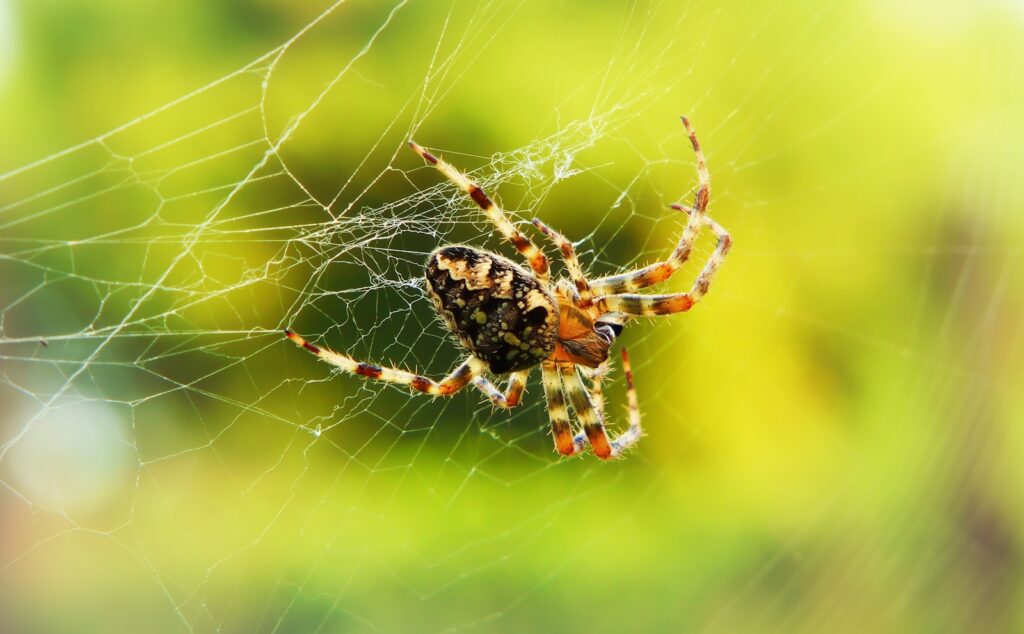
For web-building venomous spiders, the timing of web construction and maintenance activities often aligns with their nocturnal lifestyle. Species like the black widow typically perform major web renovations and construction during nighttime hours when they’re naturally more active. This timing serves multiple purposes, including reducing the spider’s visibility to predators during the vulnerable construction process. Spider silk is also produced more efficiently under the higher humidity conditions typically found at night, resulting in stronger and more elastic web structures. Researchers studying the orb-weaving venomous spiders have documented that these species often consume and recycle their webs at dawn, then reconstruct them at dusk—a behavior that maximizes the structural integrity of their hunting apparatus during prime nocturnal hunting hours. This synchronization of web-building with nocturnal activity patterns highlights how deeply intertwined these behaviors are in the spider’s overall ecological strategy.
Seasonal Variations in Activity Patterns

The nocturnal activity of venomous spiders often displays pronounced seasonal variations that correspond to changing environmental conditions. During cooler months, many species shift their activity periods to the warmest parts of the night or may even become temporarily diurnal to take advantage of warmer daytime temperatures. The brown recluse spider, for instance, shows markedly different activity patterns between summer and winter months, with peak activity occurring during different hours based on seasonal temperature fluctuations. In areas with distinct wet and dry seasons, venomous spiders may intensify their nocturnal hunting during periods when prey is most abundant, allowing them to build energy reserves for less productive seasons. Female spiders often display seasonal shifts in activity related to reproductive cycles, with increased nighttime hunting observed during egg development phases when nutritional demands are highest.
Human Encounters with Nocturnal Venomous Spiders

The nocturnal habits of venomous spiders significantly influence the nature of their interactions with humans. Many bites from species like the brown recluse occur when humans inadvertently disturb these spiders during their active nighttime periods, often while sleeping. The tendency of certain species to seek shelter in clothing, shoes, or bedding during daylight hours creates situations where human activity after dusk increases encounter probability. Public health researchers have documented that hospital presentations for spider bites show distinct temporal patterns, with peaks occurring in early morning hours when people discover bites that occurred while they slept. Understanding the nocturnal behavior patterns of venomous spiders provides valuable insights for developing bite prevention strategies, particularly in regions where medically significant species are endemic. This knowledge has practical applications in public health education, helping people recognize high-risk situations and times for potential spider encounters.
Effects of Artificial Lighting on Behavior

Modern human environments with artificial lighting have created new challenges for nocturnal venomous spiders, forcing behavioral adaptations. Research has shown that certain species alter their activity patterns in response to artificial light pollution, with some avoiding brightly lit areas while others exploit the insect-attracting properties of lights. The common house spider, which can include venomous species in some regions, often builds webs near outdoor lighting fixtures to capture the concentrated prey these areas attract. Studies examining the impact of different lighting types suggest that the spectral composition of artificial light significantly influences spider behavior, with some wavelengths disrupting natural activity cycles more than others. Conservation biologists have raised concerns that extensive artificial lighting in urban and suburban environments may be creating selection pressures that could eventually lead to evolutionary changes in the activity patterns of these species. This emerging area of research highlights the complex ways in which human modification of the environment continues to influence the behavior of these ancient predators.
Conclusion

The nocturnal tendencies of venomous spiders represent a fascinating example of evolutionary adaptation to environmental pressures. Through specialized sensory systems, hunting techniques, and physiological adaptations, these creatures have mastered the art of nighttime survival. Their preference for darkness isn’t random but rather a sophisticated strategy that provides advantages in predator avoidance, hunting efficiency, temperature regulation, and reproductive success. As humans continue to alter natural environments through development and artificial lighting, understanding these nocturnal behaviors becomes increasingly important for both spider conservation and human safety. The next time you encounter a web glistening in the morning dew, remember that it likely represents the night’s work of a remarkable predator perfectly adapted to thrive in the darkness that most humans prefer to avoid.

